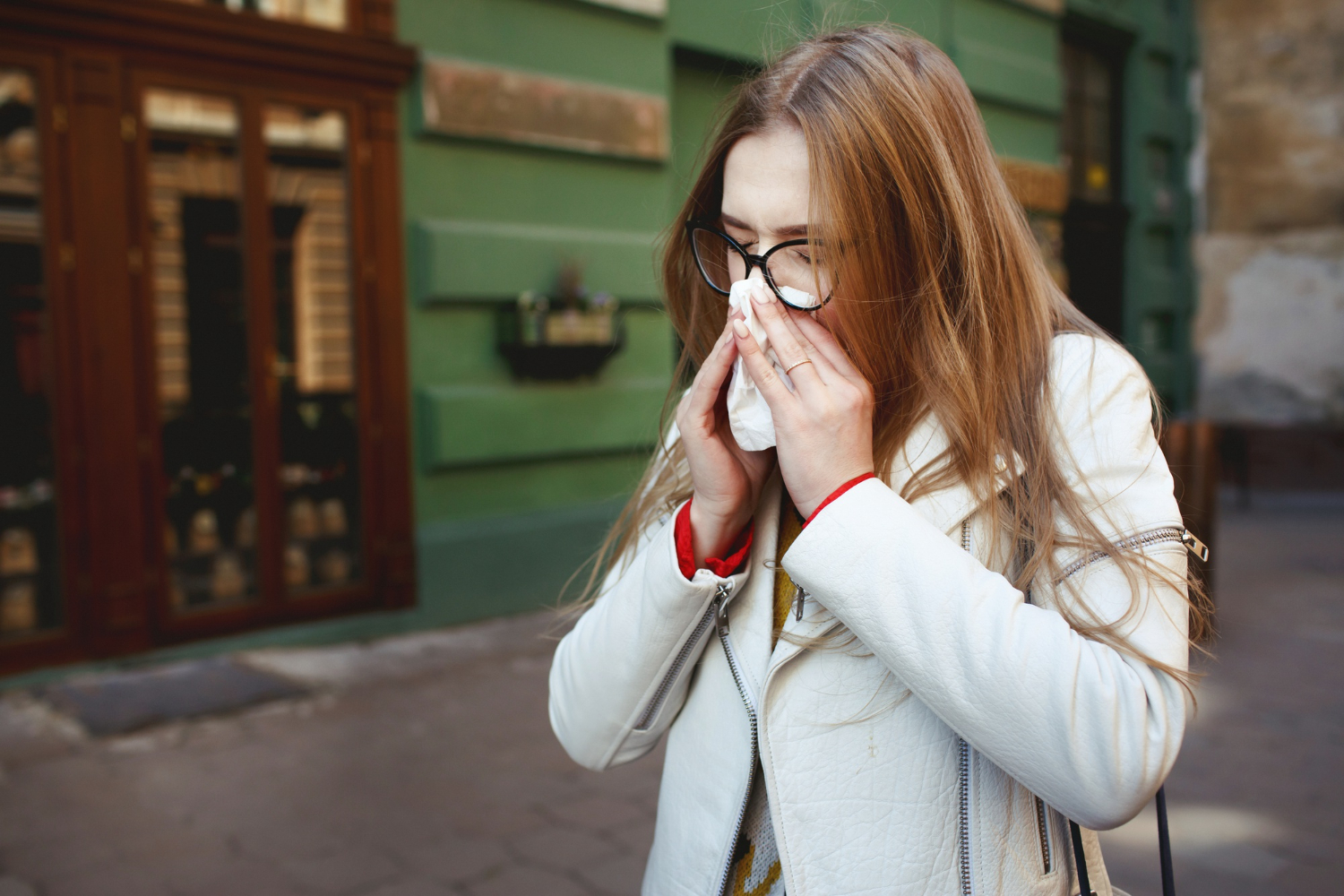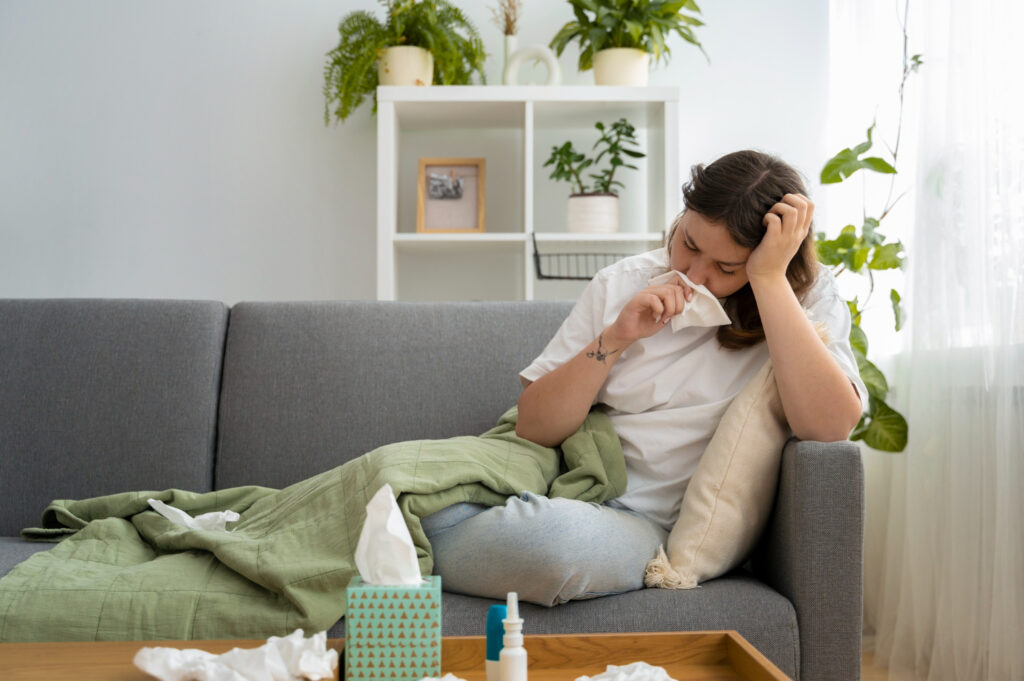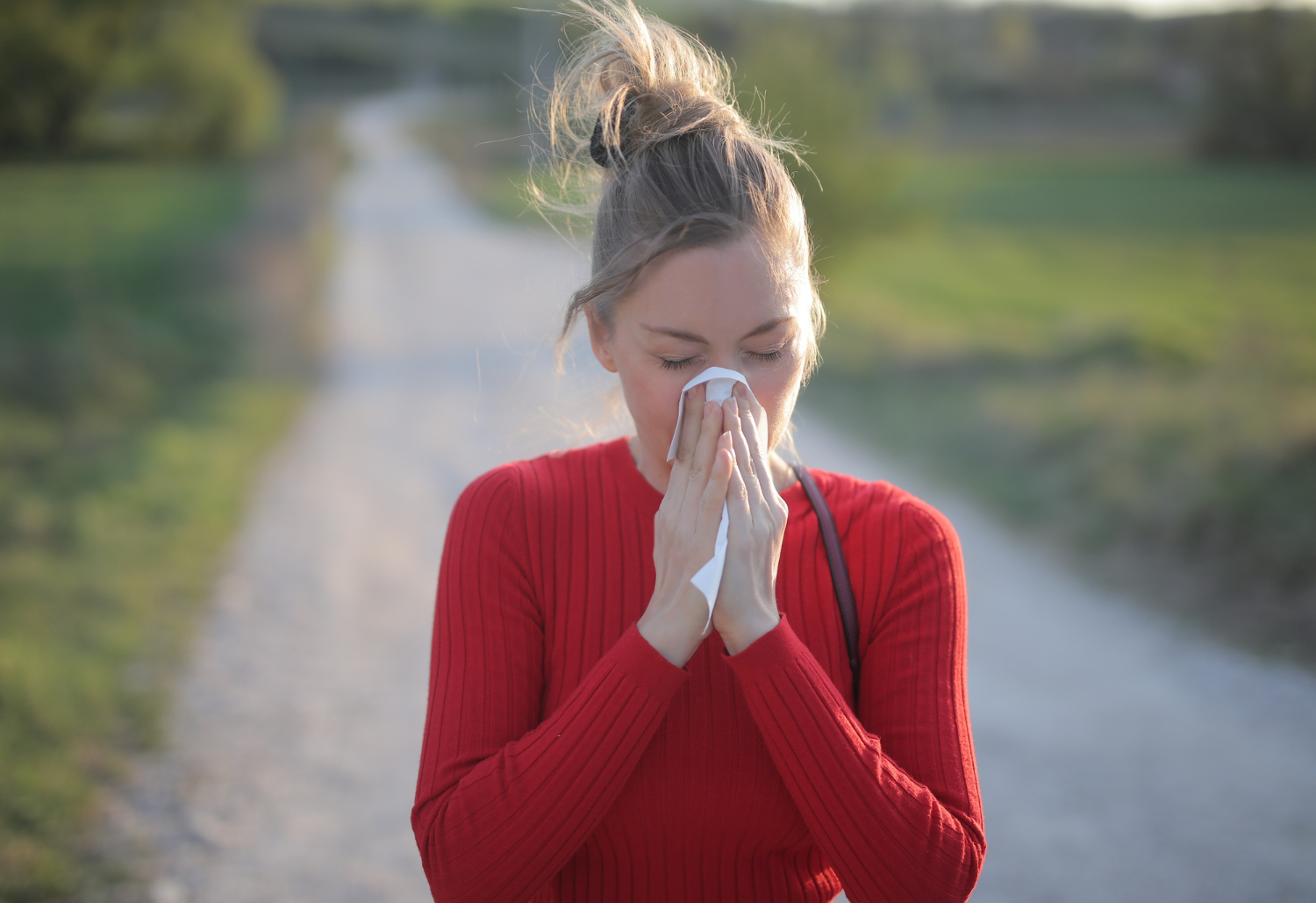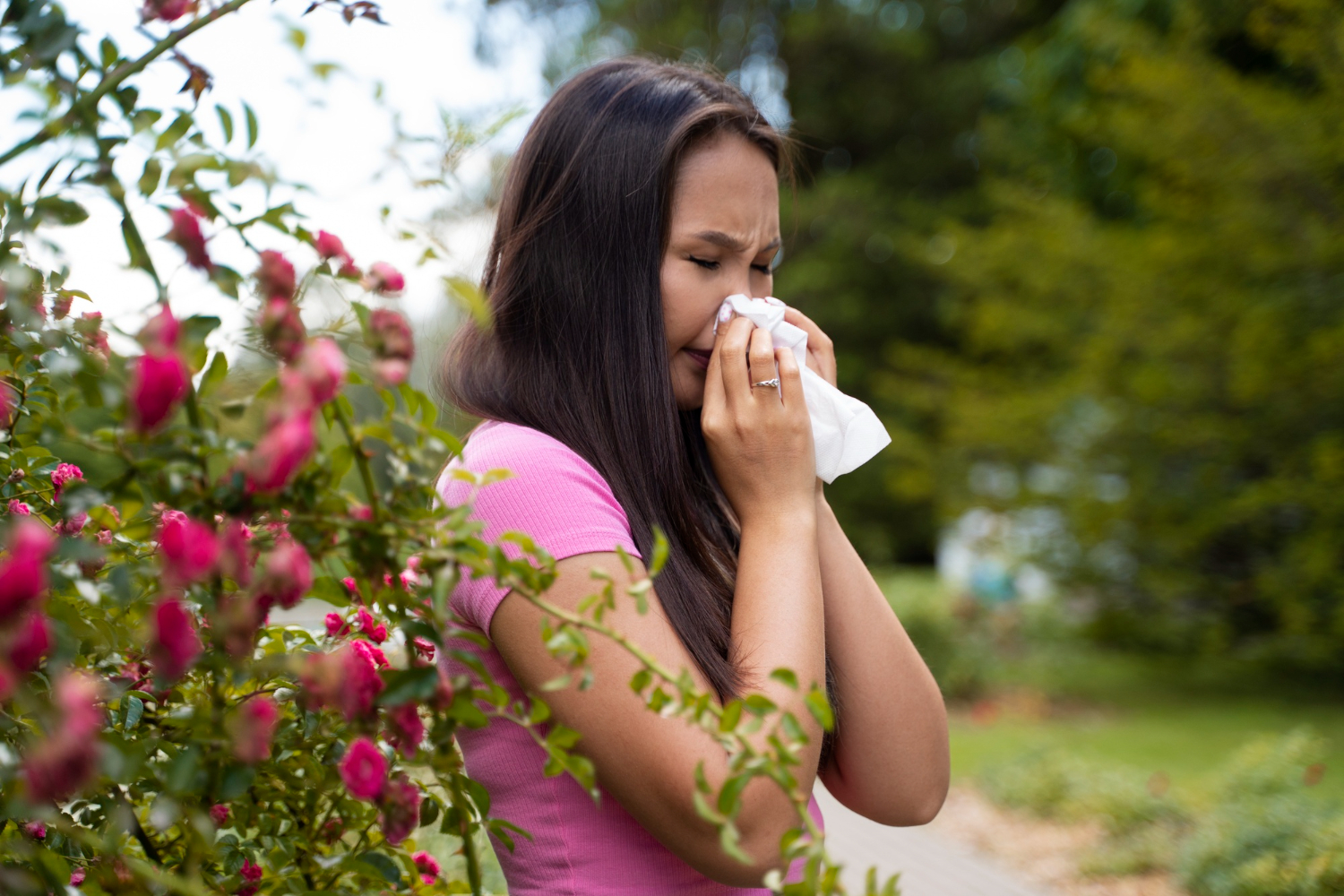
Can People Allergic to Cedar Pollen Live a Normal Life?
Are you tired of sneezing uncontrollably? Do you find yourself helpless with continuous sniffling?
You are undoubtedly here to find more information about cedar allergy and the safest treatment options.
As you probably know, juniper and mountain cedar trees release pollen during winter. These airborne substances trigger allergic rhinitis.
Allergic rhinitis is an allergic reaction that affects the nose and respiratory passages. Symptoms of allergic rhinitis can vary in intensity and may include: sneezing, runny and stuffy nose, itchy and watery eyes or throat.
Should the allergic reactions be considered serious?
Read on, and this blog will answer all your concerns about cedar allergy causes, symptoms, treatment options, and ways to reduce exposure to pollen at home.
Cedar Season

Mountain cedar and juniper trees are found in California, Utah, Texas, and Kansas. The overall pollen concentration is often higher in parts of Texas. Thus, individuals living in areas with high concentrations of allergy-causing pollen may also suffer from a severe form of cedar allergy.
Trees release fine powder between November and March. But they pollinate the most from December to February. Distinguished by needle-like leaves in dense clusters, cedar trees disperse pollen through inconspicuous cones. The pollen, a fine powdery substance, is what causes these allergic symptoms.
Commonly Reported Symptoms of Cedar Fever
Here are some common symptoms that indicate cedar fever-
- Blocked nasal passages
- Sore throat
- Sneezing
- Runny nose
- Itchiness
- Watery eyes
- Low Grade Fever
Patients can also experience fatigue, shortness of breath, and slight fever (with a body temperature lower than 100.5°F). But, remember, the fever will never be substantial.
How Does an Allergist Diagnose Cedar Fever?
Your specialist can only determine the best treatment option after correctly diagnosing the type of allergy.
So, how do allergists diagnose a cedar allergy?
The condition can be diagnosed with skin prick testing, an intradermal test, or a blood test. The last option is suitable for severely allergic patients.
A board-certified allergist will evaluate the severity of the medical condition based on the test results and the patient’s personal history. Then, recommend the treatment option accordingly.
Treatment Options
Over-the-counter (OTC) antihistamines
Saline nasal rinsing
OTC decongestants
Prescription allergy treatments
Allergy drops
Allergy shots
Pre-seasonal booster shot
Treatments to Consider
Several patients opt for allergy shots. Allergy shots, or immunotherapy, involve regular (once a month) injections of small amounts of allergens to desensitize the immune system and reduce allergic reactions.
But what about individuals who are not comfortable with needles?
Allergy specialists, like Dr. Reshamwala at Frontier Allergy Asthma and Immunology, can help you with allergy drops. The liquid or tablet has to be taken orally. It consists of allergen extracts that are customized to the patient’s needs.
During the initial visit, the allergist will guide the patient with oral immunotherapy steps. Yes, these can be performed at home. Both shots and drops can prove equally helpful. Your body reacts less severely to pollen after the completion of the treatment.
Steps to Help Reduce Cedar Fever Symptoms
Eliminating exposure to pollen is the key to controlling and even reducing allergy symptoms. Therefore, allergists suggest patients should remain vigilant from November to March, by monitoring pollen forecasts, using air purifiers indoors, and taking preventive measures like wearing sunglasses and keeping windows closed during peak pollen seasons.
- Install a HEPA (a high-efficiency particulate air) filter for air purification. Two portable units can prove sufficient for most houses.
- Test your home air conditioning system and get the filters replaced every three months.
- Clean your home – wipe down surfaces and windows. Keep your shoes and outer clothing in the garage. Consider vacuuming daily to minimize exposure to particles.
- Keep your house’s doors and windows closed during the morning and afternoon to keep the pollen out.
- Opt for your daily walk and outdoor exercises only when the pollen count is low.
- To remove pollen from your hair, you should shower immediately after returning home or wear a hat when you go out. Consider immediately washing all the clothing.
- Pets also bring allergens after spending time outdoors. Thus, bathe them frequently.

Written/Reviewed by: Dr. Neha Reshamwala
NPI number: 1780874578
Page last reviewed: 01/11/2024


 All blog posts
All blog posts





